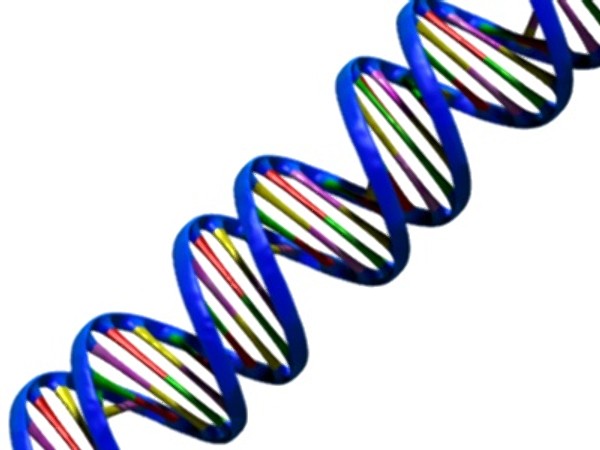
hair length
Hair length is controlled by two genes: L , dominant for short hair and I , recessive for long hair.
the distribution of the hair
A , agouti, wild colouration with light and dark banded hair; a , not agouti, without light bands, therefore solid color.
the color
Among these we find for example B , black or b , brown, or even w , normal or all the color genes can appear and W , which is an epistatic dominant white, this gene may also be responsible for the specimen's possible deafness.
Other genes control the intensity of color: C , intense and uniform, while c , non-uniform. Others oversee the color density: D , dense, d , diluted. Finally, there are genes that control the development of color in the hair: I , development inhibition, i complete development.
distribution of white spots and stripes
The genes that deal with the distribution of white spots are: S , means the presence of more or less extensive white spots, s instead represents a normal distribution of color on the cloak.
Tigration, on the other hand, is overseen by genes such as T and ta , tb and numerous other genes that can modify the length, texture and structure of hair itself.